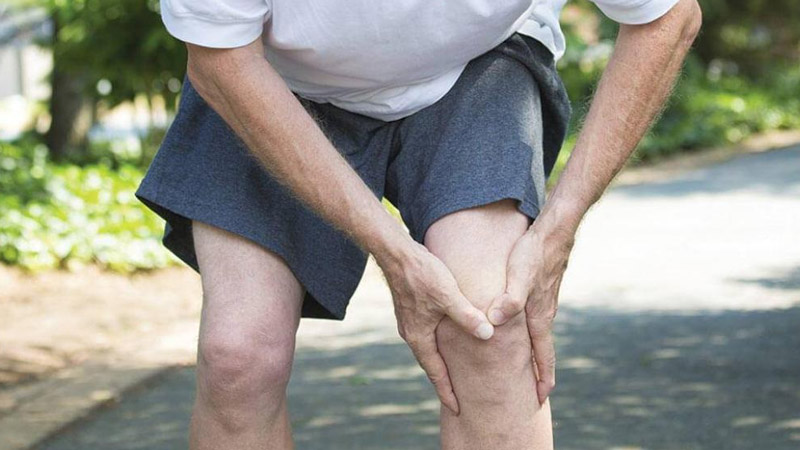A prevalent leg symptom could indicate a grave health risk, specifically heart disease, a major cause of mortality in the UK. The condition emerges when fatty deposits accumulate in the arteries, disrupting blood flow to the heart. Commonly, heart disease manifests as chest discomfort, ranging from a mild ache to a more intense squeezing sensation, often radiating to the arms, neck, and back. This ailment impacts approximately 11% of men and 9% of women, but one lesser-known indication is leg pain.
David Newby, BHF John Wheatley Professor of Cardiology at the BHF Centre of Research Excellence at the University of Edinburgh, highlighted a specific type of leg pain associated with heart disease. He described it as a “gripping” or “cramping” sensation in the calves, particularly noticeable during walking. This symptom could signal peripheral arterial disease (PAD), a condition where fatty deposits block arteries in the legs, leading to potential severe outcomes like amputation, Birmingham Live.
PAD is notably prevalent among smokers and individuals with diabetes, according to Newby. Patrick Coughlin, a heart expert with the British Heart Foundation, emphasized the increased risk of PAD with aging, stating that about 20% of those over 60 in the UK may suffer from some form of PAD. He pointed out that the risk factors for PAD mirror those for heart disease and stroke, including smoking, diabetes, obesity, and high blood pressure. Furthermore, there’s an observed increase in PAD cases parallel to the rising instances of diabetes, affecting both genders and occasionally being hereditary.
Coughlin also warned of the heightened risk of heart attacks in PAD patients, with those experiencing intermittent claudication, or limping due to pain during walking, facing a three to fivefold increase in heart attack risk. Addressing this risk involves comprehensive measures such as smoking cessation, monitoring and managing high blood pressure and diabetes, and possibly using blood thinners and statins to mitigate heart attack risks.
This connection between leg pain and heart disease underscores the importance of recognizing and addressing seemingly unrelated symptoms to prevent more severe health issues, highlighting the interconnected nature of bodily health and the need for a holistic approach to medical care.

